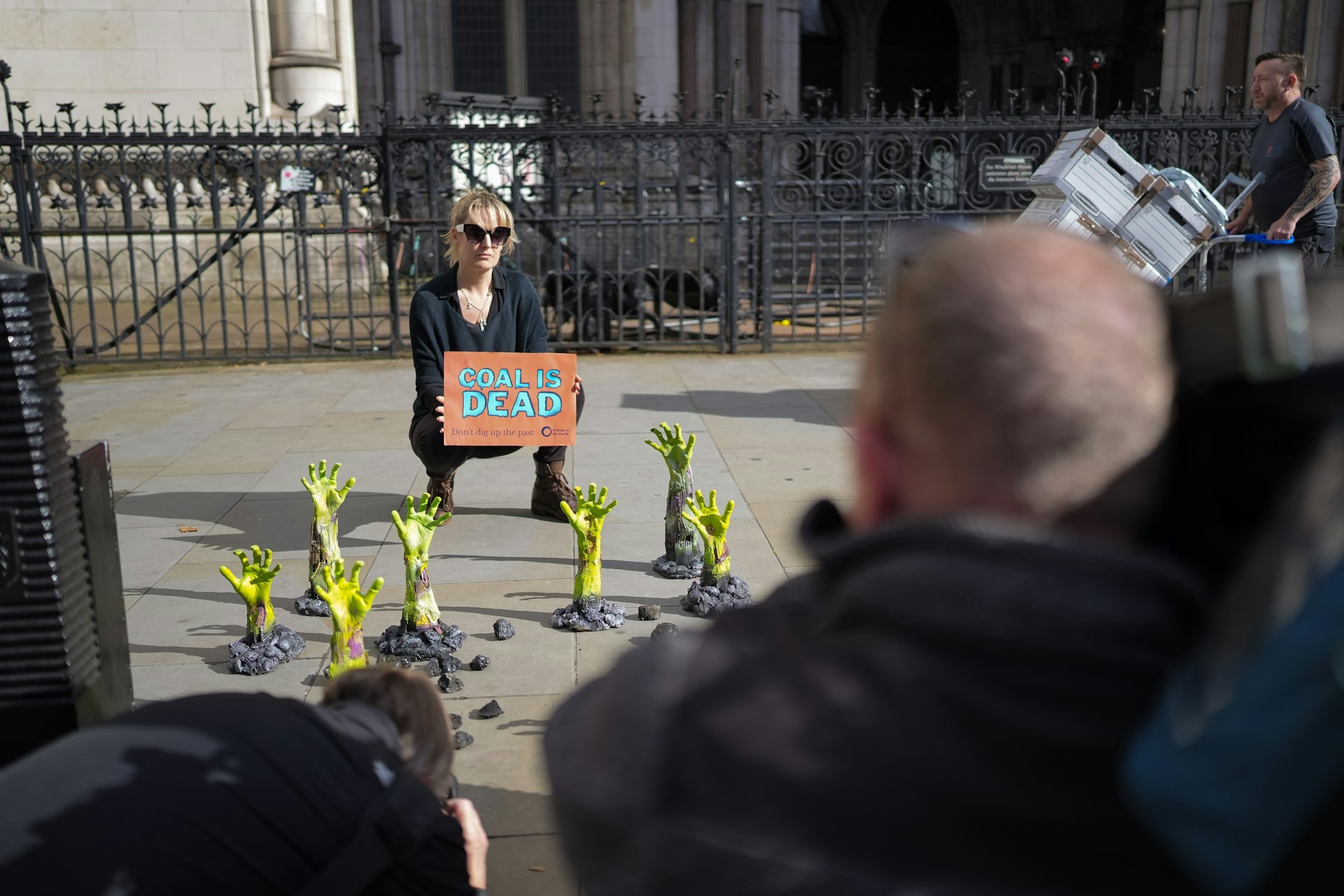Twisted portraits of sex, power and feminine desire
- Text by Ione Gamble
- Illustrations by Natalie Frank

“Women and all people want to see themselves represented, says Natalie Frank, a New York-based visual artist. “With greater freedom comes possibility.”
Using her art as a means to explore women’s stories concerning sex and power, she isn’t interested in neatly packaged, social media friendly or hashtag heavy feminism. Her work deals with the difficult: tackling the nuances of navigating the world as a woman through hyperreal figures, visceral colours, and a variety of mediums.
In her personal life, Frank practises what she preaches, and isn’t afraid to speak up against sexual harassment in the art world. So much so in fact, that her latest body of work O was rejected from an initial venue due to its subject matter.
Based on an erotic novel published in 1954 titled Story of O — in which its author Dominique Aury used a male pseudonym to publish the book, resulting in bold descriptions of bondage and desire which subsequently led to the banning of the novel — the initial gallery thought it “wasn’t a time to take risks with art”, and pulled out from exhibiting the works. Frank disagreed, and sought out curators who understand how critical conversations surrounding feminine desire, and power in the art world, are.

Story of O IV
“I have always thought of myself as a feminist,” Frank explains. “The narrative of O – of her finding her sexual and personal identity – has always embodied for me personal and erotic freedom.”
After first being drawn to the Story of O when she was 15 in a forbidden corner of a bookshop, this body of work — which includes an accompanying book providing context of the story through each feminist wave — is 33 years in the making.
“I find symmetry in the fact that this book was banned upon publication,” Frank says of the work’s relevance to our current socio-political climate. “Evidently, it and representations of it still threaten in 2018.”

Story of O VI
With the exhibition featuring 15 drawings and five mixed media paintings depicting key scenes from the novel, Frank’s interpretation proves Story of O deserves a more nuanced reaction than its reputation as a tool of pornographic oppression. It proves to be both a peek into the female erotic imagination, and relatable for those who choose to embrace their own desire as opposed to suppressing it. The work is equally liberating and uncomfortable, proving that sex-positive feminism needs to embrace the good, the bad, and the ugly of our lived experience in order to be successful.
“I’m a woman and am eager to see representations of desire be representative of lived experience,” Frank concludes. “I advocate for more nuance, complexity and power in our acknowledgement of what we allow women to think, feel, desire, covet, hate, possess and relinquish.”
“I believe in individual freedom as it applies to how we see our own gender, sexuality and rights. Our imaginations and our bodies are inextricably bound up in our personal freedom, and often represent it.”

Story of O XV

Story of O VIII

Story of O I
Natalia Frank’s Story Of O will be on display at Half Gallery (Bill Powers) from May 18. See more of her work on her official website.
Follow Ione Gamble on Twitter.
Enjoyed this article? Like Huck on Facebook or follow us on Twitter.
Latest on Huck

Autism cannot be cured — stop trying
A questionable study into the ‘reversal’ of autism does nothing but reinforce damaging stereotypes and harm, argues autistic author Jodie Hare.
Written by: Jodie Hare

Bristol Photo Festival returns for second edition
After the success of it’s inaugural run, the festival returns this autumn with exhibitions, education and community programmes exploring a world in constant motion through still image.
Written by: Ben Smoke

Documenting the life of a New York gang leader paralysed by gun violence
New photobook ‘Say Less’ is a complex yet humanising look into a life wrecked by gun violence and organised crime.
Written by: Isaac Muk

The woman who defined 80s Hip Hop photography
A new exhibition brings together Janette Beckman’s visionary and boundary pushing images of an era of cultural change and moral panic.
Written by: Miss Rosen

In photos: the dogs of Dogtown
A new photobook documents Venice Beach’s four legged friends and their colourful cast of owners.
Written by: Isaac Muk

Inside the battle to stop coal
As the legal challenge against Britain’s first deep coal mine in 30 years reaches the High court, we talk to activists at the centre of the fight to stop it.
Written by: Ben Smoke